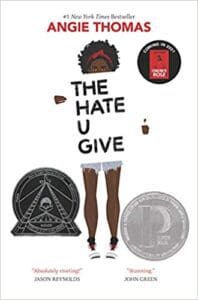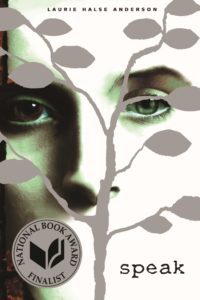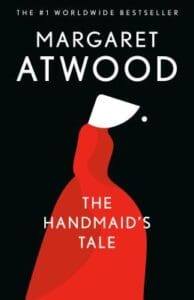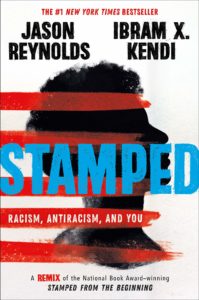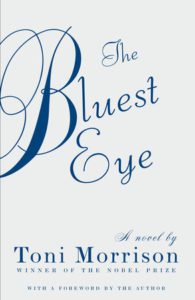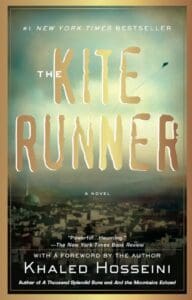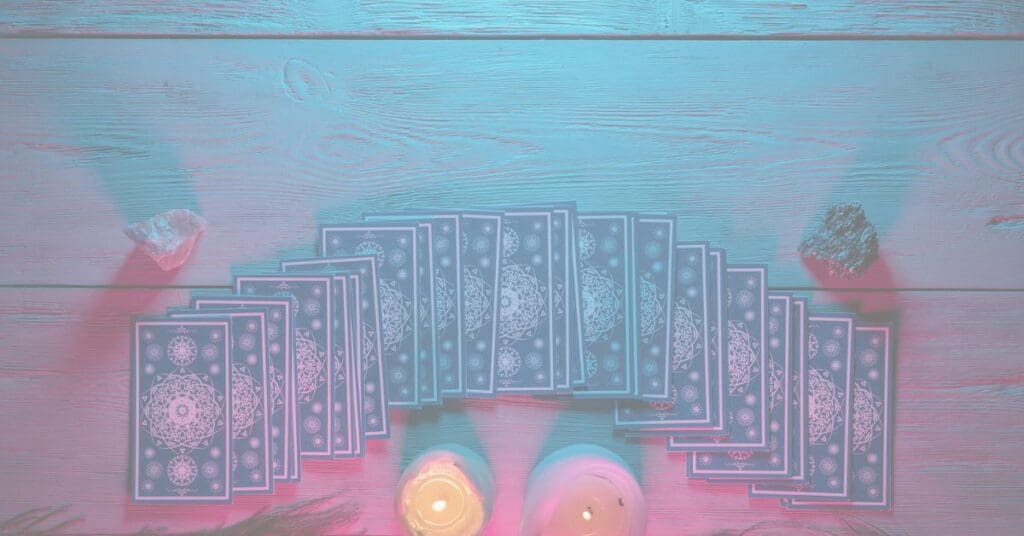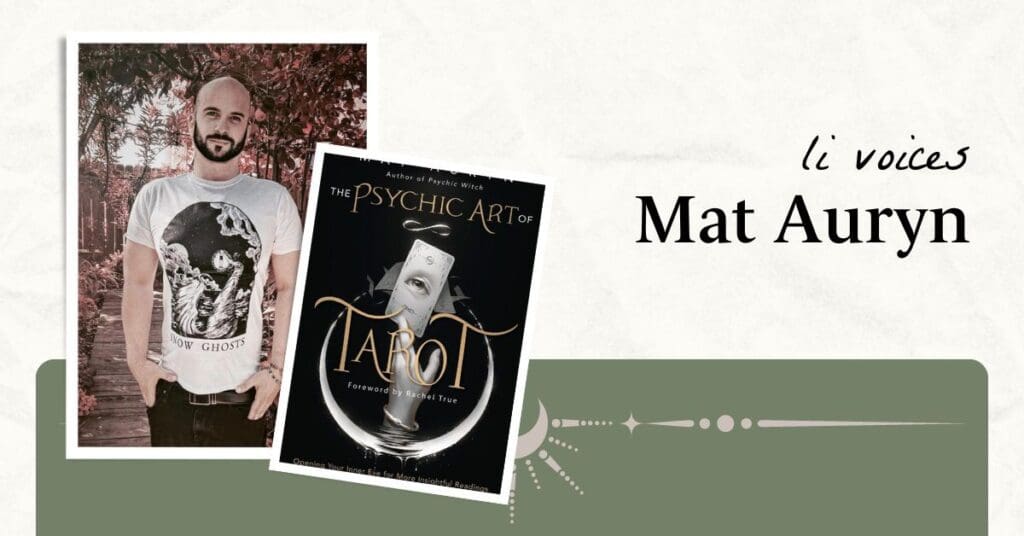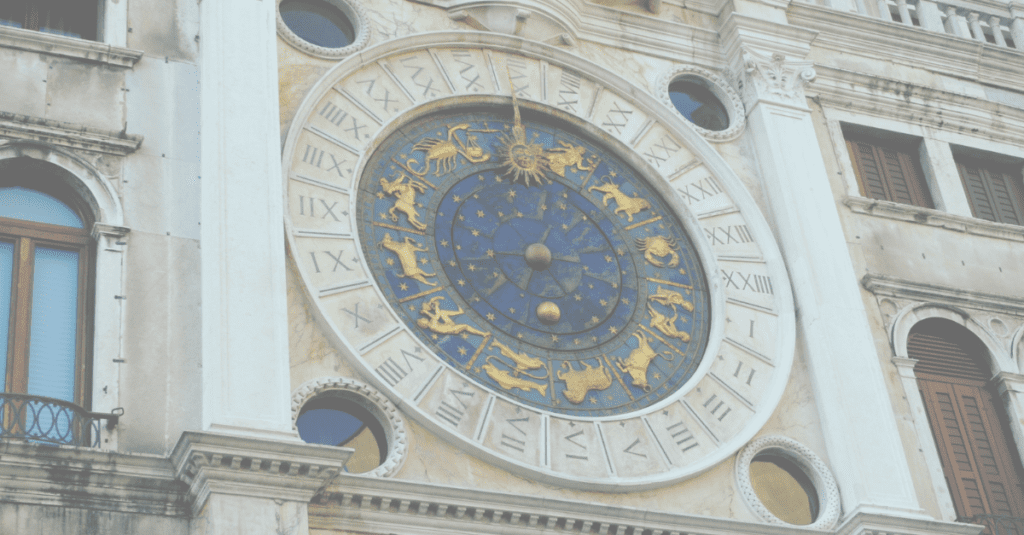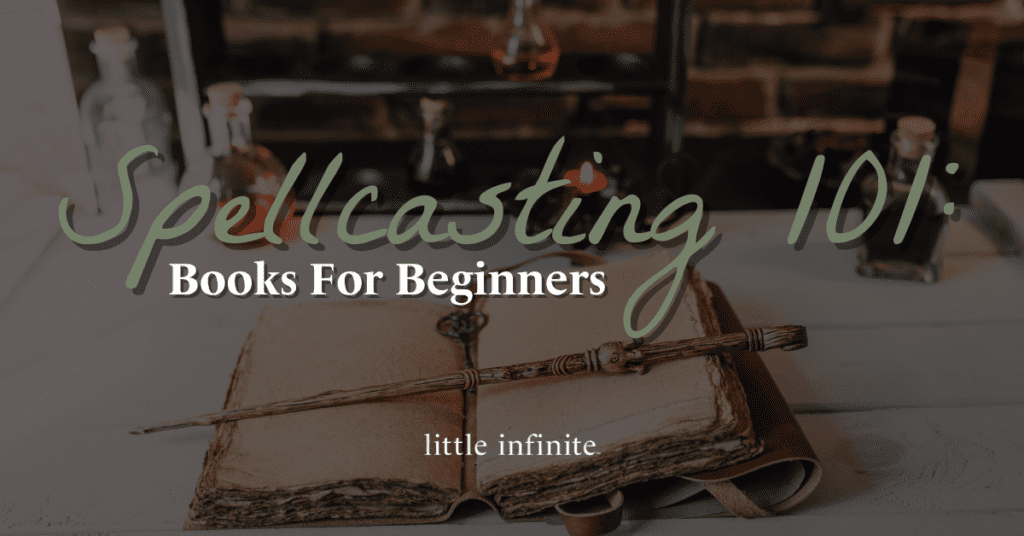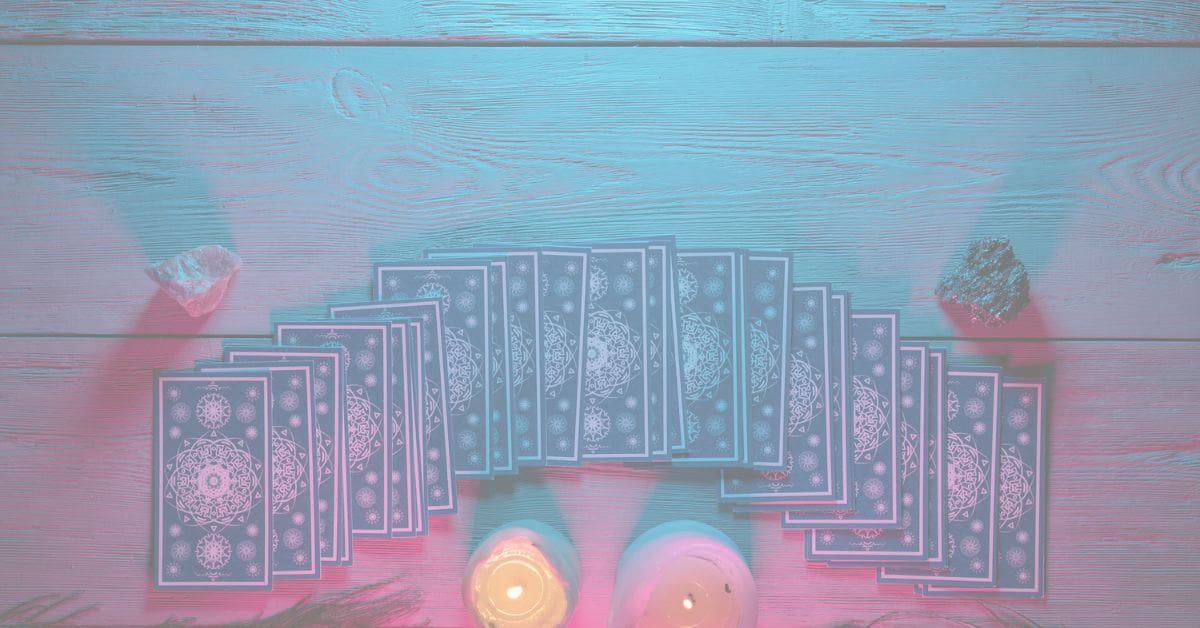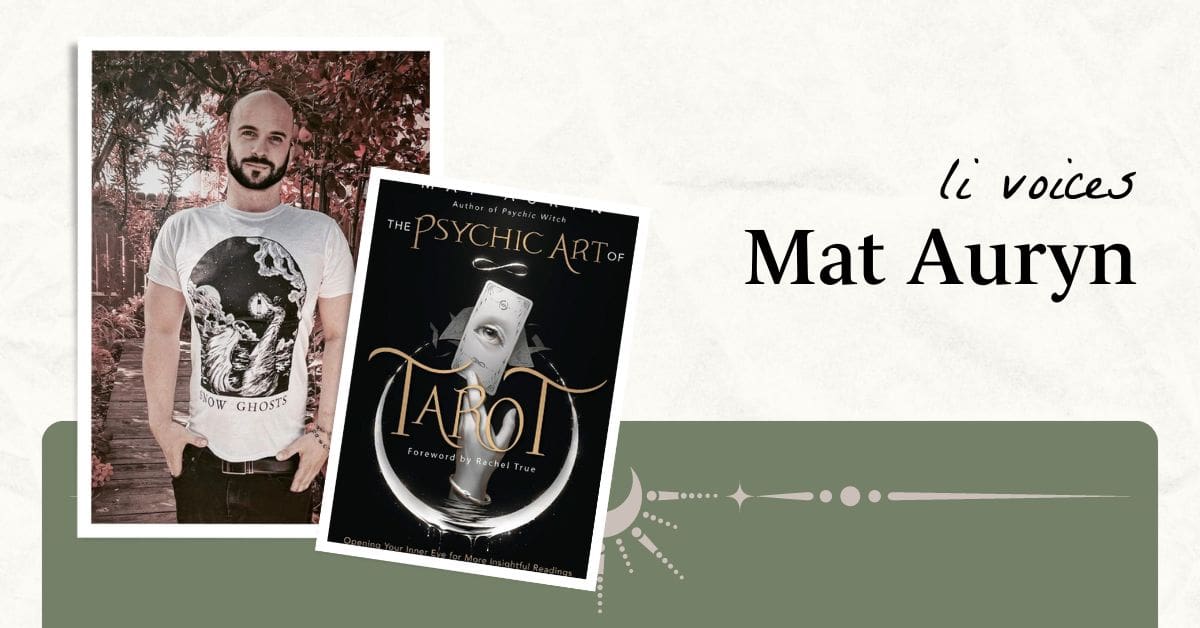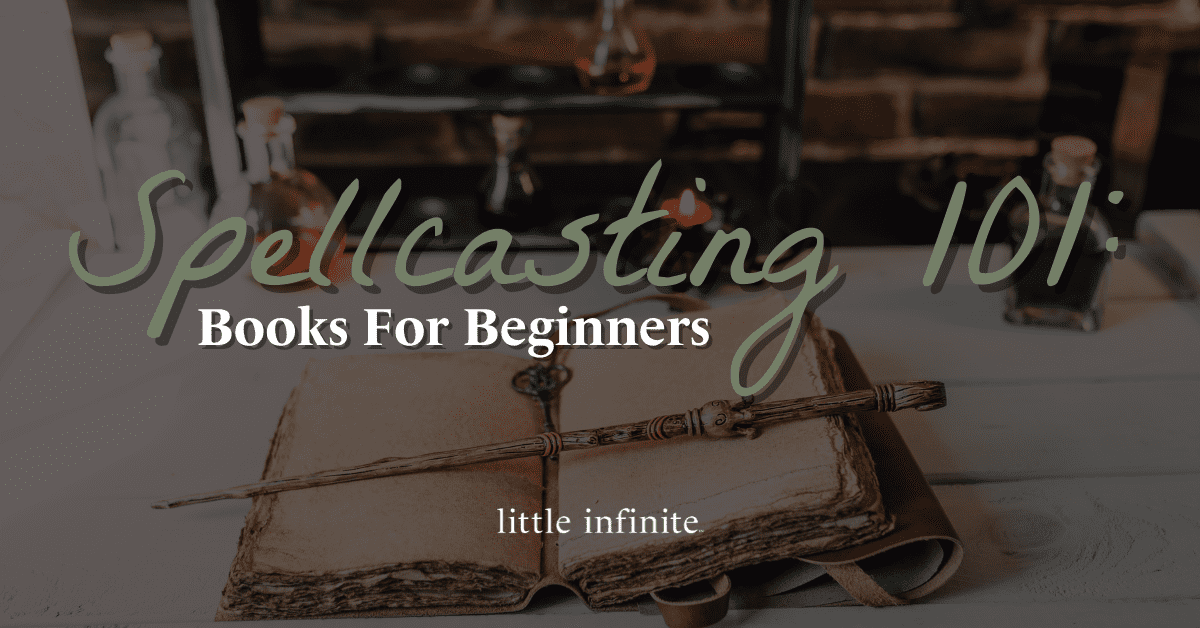Banned Books Week is all about our freedom to read. Let’s celebrate by indulging in a few frequently challenged books.
Created in 1982, Banned Books Week shines a light on the issue of banning books along with highlighting reads that have been challenged over the years. Most importantly it brings together everyone who supports the freedom to seek and express ideas, no matter how unpopular.
Reasons for challenging and banning a book vary. Some are challenged for foul language or sexual content, while others are challenged for political reasons or assumed intent. In 2001, a church in New Mexico banned the Lord of The Rings claiming it was “satanic,” despite the religious undertones of the text.
No matter why a book was banned or challenged, we have the freedom to read books, no matter the content. In honor of Banned Books Week, here are a few of our favorite banned books and why they made it on this infamous list.
The Hate You Give, by Angie Thomas
Why it was banned: Like many banned books, The Hate You Give was challenged for its use of profanity, depiction of police brutality, and drug use. At the time many believed the book was banned for its portrayal of the killing of a young Black man by police. However, the District Superintendent of Katy Texas, who challenged the book, said that wasn’t the case.
What it’s about: Starr Carter lives in a poor neighborhood and attends a fancy suburban prep school. With this contrasting dynamic, Starr doesn’t feel as though she fits in in either world. This only gets worse after she witnesses the fatal police shooting of her friend Khalil.
Khalil’s death becomes a national headline and stirs up trouble in Starr’s already complicated life. After all, she is the only person who really knows what happened.
Why read it: Inspired by events surrounding the Black Lives Matter movement, this book puts readers in the shoes of the people living through these tragedies. There is a constant string of police brutality across the country which this story shines a light on. It offers a new perspective to those who don’t live in the communities affected by these deaths.
Speak, by Laurie Halse Anderson
Why it was banned: In 2010, a professor at Missouri State University said the book was “filthy” and considered it “soft-porn” because it includes a rape scene that contained explicit sexual content. In 2020 Speak became the fourth most challenged book on the ALA banned books list. Some thought it also had political agenda and was biased against male students.
What it’s about: Melinda just started her first day of high school and everything is terrible. She is an outcast after calling the cops on an end-of-summer party. No one will listen to why she did it. No one will talk to her at all. So, she stops talking altogether.
It turns out, Melinda was raped by an upperclassman who still torments her. Luckily she is able to find solace in her art and face what happened that night. But just as her healing begins, she faces another encounter with her rapist – only this time, Melinda fights back.
Why read it: Speak is an important book because it explores the difficulty in navigating the trauma of sexual assault. This book gives a voice to victims who aren’t ready to share their stories.
The Handmaid’s Tale, by Magaret Atwood
Why it was banned: Margaret Atwood’s dystopian novel has been banned by many schools due to its sexual overtones, sex scenes, and vulgarity. In 2013 it was challenged for being “morally corrupt,” and challenged again in 2014 for being “detrimental to Christian values.”
What it’s about: Set in the near future in the mono-theocracy of the Republic of Gilead, this story follows a handmaid named Offred. In this society, Offred’s sole purpose is to produce children for her commander and his wife.
In this book, Gilead was formerly known as the United States of America. However, after declining birth rates and social unrest, a religious regime took over. This regime takes the Book of Genesis at its word and believes to have created the perfect society. But this “perfect society” is all a facade. Offred takes readers into all of the dark corners to show just how gruesome this new world can be.
Why read it: Like many dystopian novels, The Handmaid’s Tale warns readers about what can happen to a society if something goes too far. This book specifically looks at what happens if women’s issues are ignored and if religion and politics become too heavy-handed.
Stamped: Racism, Antiracism, and You, by Jason Reynolds and Ibram X Kendi
Why it was banned: In 2020, a parent in round Rock, Texas wanted Stamped: Racism, Antiracism, and You removed from a history reading list. According to an interview with the teacher who assigned the book, the reason for the challenge changed over the course of the decision. One reason for the challenge was that a parent didn’t like one of the author’s tweets. According to local Austin news, the challenge was due to inappropriate instructional material.
What it’s about: As a reimagining of Dr. Ibram X. Kendi’s book, Stamped from the Beginning, this book also takes a hard look at the history of racist ideas in America. However, it also inspires hope for an antiracist future. Jason Reynolds uses his gripping narrative to show why racism lingers in America and how to discredit racist ideas. It calls attention to various forms of racist ideas, how readers can identify these thoughts, and stamp them out.
Why read it: This book offers a look into history that many students aren’t taught in school while mixing the past and present in an engaging way. It showcases the history of racism in America and how it affected important figures of the past, as well as people today.
The Bluest Eye, by Toni Morrison
Why it was banned: Since its publication in 1970, The Bluest Eye has been challenged and banned for a variety of reasons. It was challenged for having “sexually explicit material,” including a scene where the young protagonist is sexually assaulted by a family member. Another challenge was due to graphic descriptions and disturbing language. One challenge simply called it a “bad book.”
What it’s about: Pecola Breedlove is an 11-year-old Black girl from Lorain, Ohio who comes from a violent household. Her parents constantly fight and her father is an alcoholic. What’s more, Pecola truly believes she is ugly so she prays that for her eyes to turn blue so she will finally feel beautiful.
Pecola truly believes that her world would change if her prayers were answered. However, after a series of terrible events in her life, Pecola starts to lose her mind. Told through a series of vignettes, Morrison weaves sadness, and pain into this classic tale.
Why read it: This novel touches on a number of important topics from incest and sexuality to racism and domestic violence. Reading and discussing these topics help break down barriers and allow victims room to heal. One of the major themes of this novel, however, is the idea of beauty and how it relates to whiteness. Morrison asks readers to think about why blue eyes and light skin are the standard of beauty for her characters.
The Kite Runner, by Khaled Hosseini
Why was it banned: Written in 2003, The Kite Runner was first challenged in 2008 for its use of offensive language and sexually explicit material. Later in 2012, it was challenged for its depictions of homosexuality and religious viewpoints. In 2017 the book was thought to inspire terrorism and promote Islam and was challenged again.
What it’s about: Set in Afghanistan during the Soviet military intervention, this story follows friends Amir and Hassan. Hassan’s father works for Amir’s family, but the two boys grow up together and become close friends. However, after a kite-flying contest, their friendship is tested after Amir finds Hassan in trouble, but doesn’t step in. Eventually, Amir moves to California.
Years later an old friend contacts Amir and tells him that Hassan and his wife were killed by the Taliban. Their son, Sohrab is now in an orphanage. Amir attempts to rescue Sohrab and bring him to his home in America. In the end, this is a story about fathers, sons, redemption, and love.
Why read it: Not only does this book give readers a look into the past, but at a culture that many are unfamiliar with. Hosseini is able to paint a vivid picture of Kabul in 1975. In terms of themes, this novel discusses friendship, betrayal, guilt, redemption, and how these affect a person’s life and the lives around them.
These are only a few books that have been banned or challenged in the past. For more banned books to add to your TBR, check out the American Library Association’s list of Banned and Challenged Classics.
To stay up-to-date, make sure to keep an eye out for more of little infinite’s featured content as we celebrate poetry, books, and this beautiful hot mess we call life on Facebook, Instagram, and Twitter.

